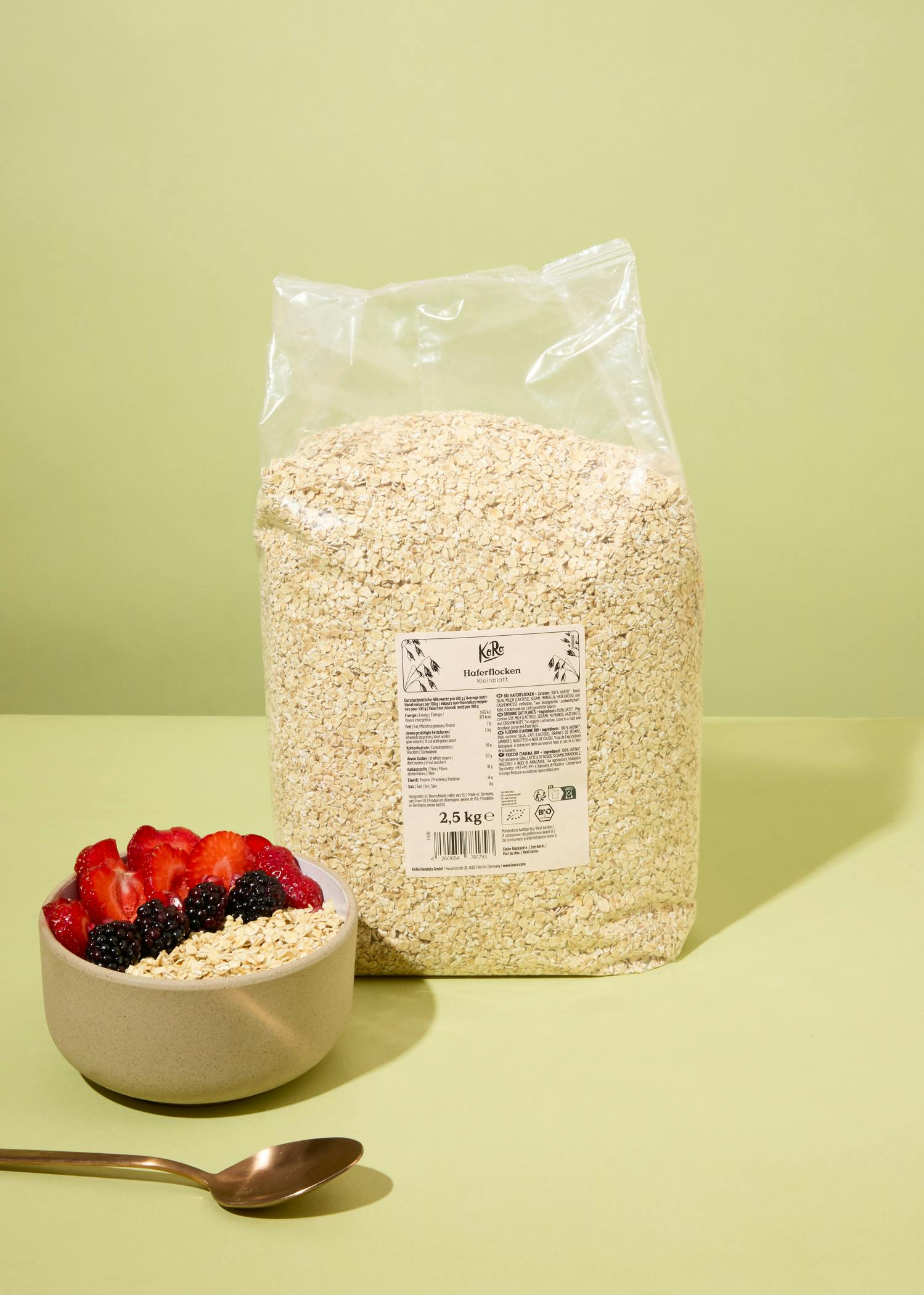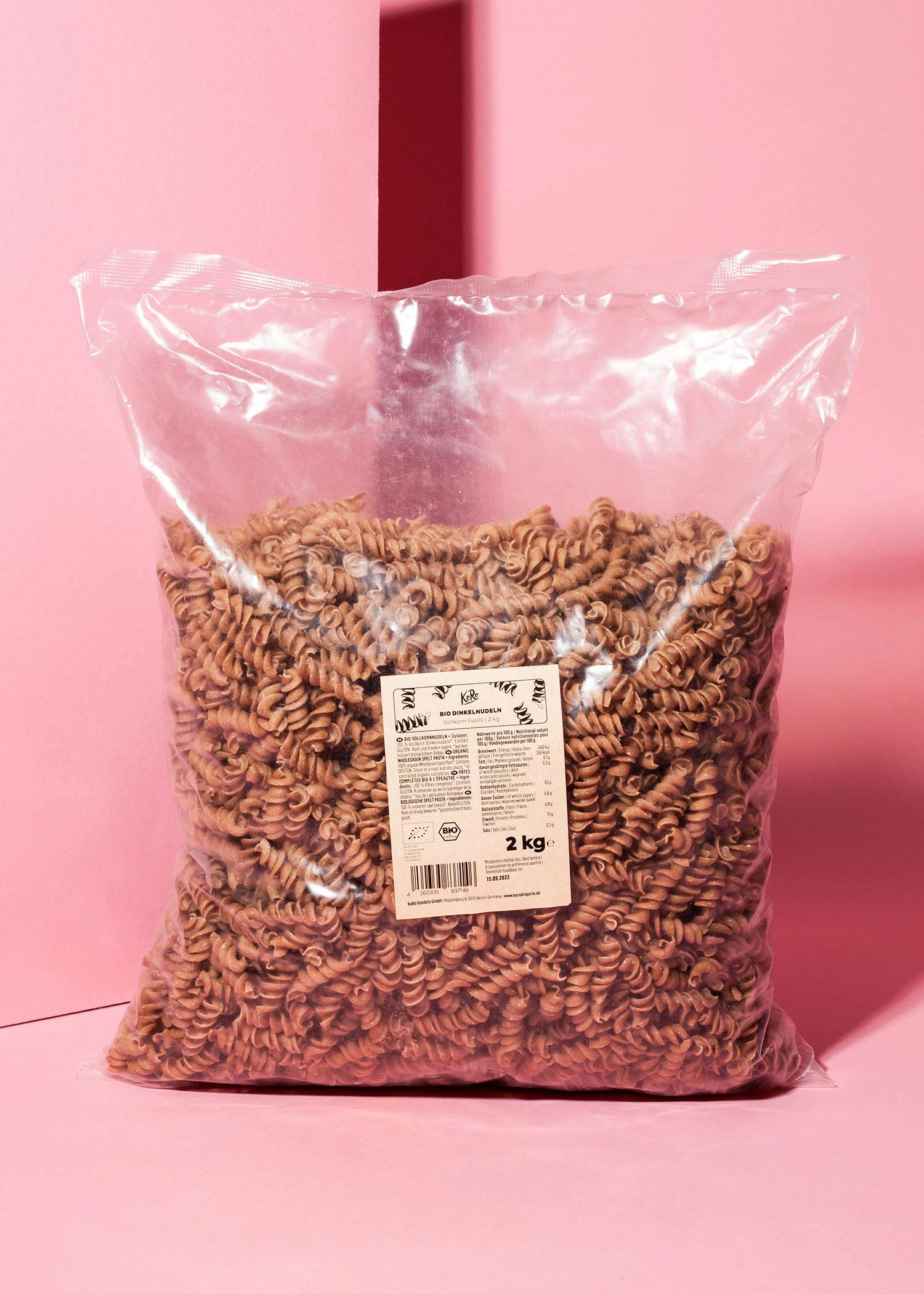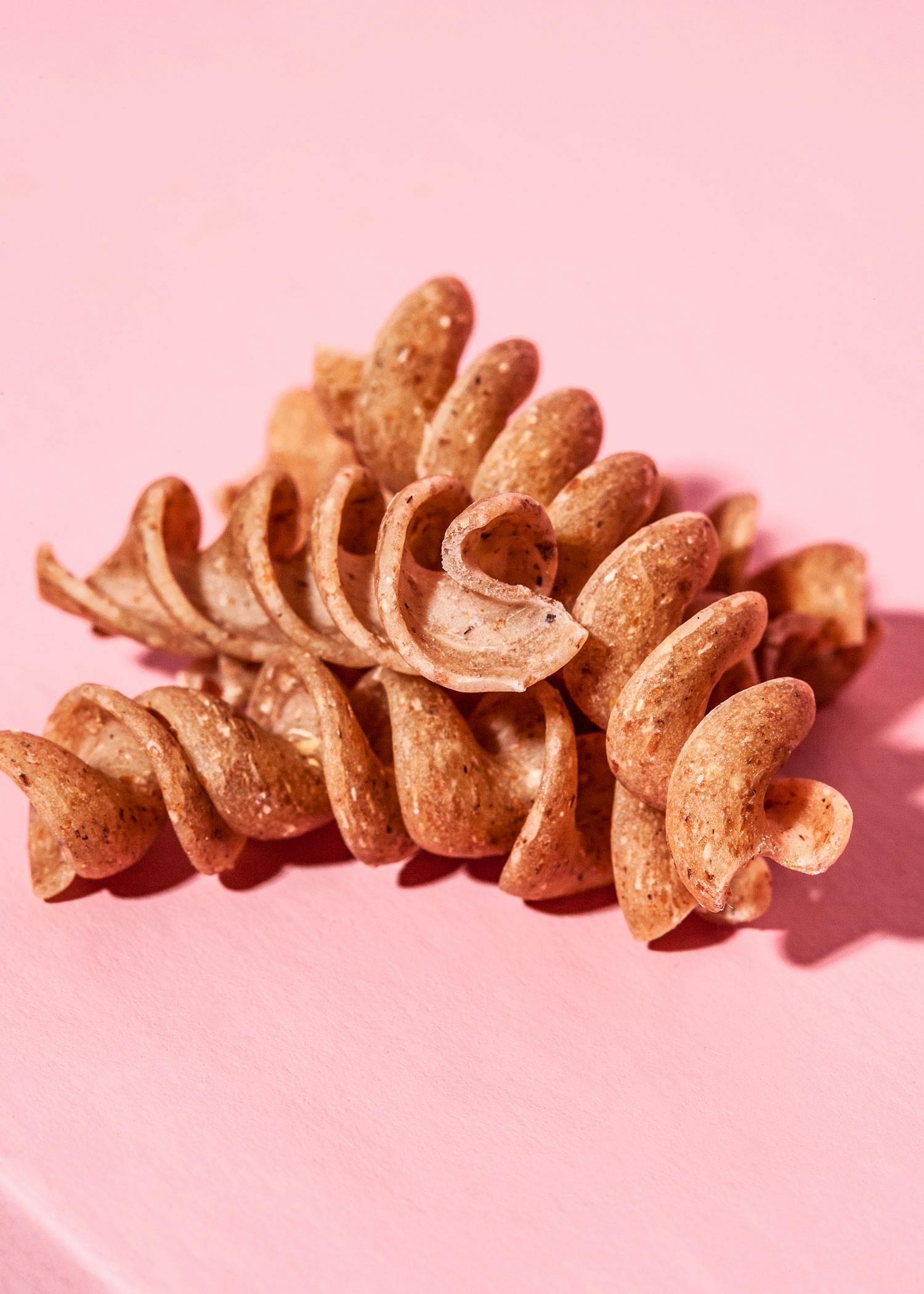What are macro elements anyway?
Like the trace elements iron, iodine and selenium, macro elements are minerals. The difference: we need a much larger quantity of macro elements - surprise! Macro elements include not only the evergreens calcium and magnesium, but also sodium, chloride, potassium and phosphorus. You can find out what this is all about here.
But one thing first: before you sprint to your trusted drugstore to get all the macro elements in the form of supplements, sit back for a moment. Before taking supplements, you should consult your doctor anyway and have your blood values checked if necessary. But: With a balanced diet, the quantity elements are usually not a big problem. So treat yourself to a cup of coffee or tea and your favorite KoRo snack and write a shopping list for the supermarket on the side!
Calcium
Let's start with: Calcium! It all starts with the spelling: Is it actually calcium or calcium? Fortunately, both mean the same thing: namely the macro element that is associated with healthy bones - and there's some truth in that! But calcium can do even more: it also ensures that your muscles move in the gym and that various sensory impressions, such as sight or taste, are transmitted from nerve cell to nerve cell to your brain. The German Nutrition Society (DGE) recommends that adults consume around 1000 mg of calcium per day. You can achieve this with 250 ml of cow's milk and two slices of cheese, for example. Or for all veggies: one liter of mineral water, 250 ml of fortified oat drink ("+ calcium") and 20 g of sesame seeds. Other seeds, nuts and green vegetables are also a source of calcium. Vegans in particular should eat these foods regularly to ensure an adequate supply. And: check your vitamin D status regularly, as vitamin D is needed to transport calcium. A long-term deficiency leads to the loss of bone mass, but you can easily avoid this with our tips!
Magnesium
Almost everyone has magnesium tablets or powders at home. They are often taken to prevent muscle cramps or sore muscles. But: with our usual eating habits, a magnesium deficiency is super rare, so better spend the money on delicious food! By the way: magnesium is a real all-rounder. It is a cofactor of more than 600 (!) enzymes and, in addition to muscle movement, also regulates heart rhythm, blood pressure, the transmission of stimuli in the nervous system and is essential for vascular and bone health. But where do you get your 300 to 350 mg of magnesium per day? There's plenty to choose from: wholegrain products, legumes, green leafy vegetables, nuts, seeds, fish and seafood are rich in magnesium.
Sodium
You may remember this from your chemistry lessons: NaCl (sodium chloride) is - as the name suggests - THE source of sodium and chloride. In less chemical terms, this is the normal table salt that we use pure for cooking or consume with bread, cheese, sausages or other processed products. Together with chloride and potassium, sodium is one of the body's most important electrolytes. You come across the term "electrolyte" when you need to get your electrolyte balance back on track after a night of partying - also known as a "hangover"! The trio is involved in many processes in the human body and is absolutely vital. But be careful: don't consume too much salt! You can also cover your daily dose of 1500 mg sodium with a moderate salt intake and thus reduce the risk of developing high blood pressure.
Chloride
As already mentioned, chloride is also an important electrolyte and, like sodium, is contained in table salt. The daily requirement is slightly higher: 2300 mg per day. The good news is that one gram of salt contains 0.4 g of sodium and 0.6 g of chloride. In concrete terms, this means that around four grams of salt already cover the daily requirement of sodium and chloride - super practical! A chloride deficiency is just as rare as a sodium deficiency. A deficiency can only occur as a result of - attention, take your hand out of the snack bag and finish chewing - vomiting, chronic kidney disease or diuretic medication. The possible consequences: Cardiac arrhythmia or low blood pressure. Okay, done: you can keep snacking!
Potassium
Although potassium is somehow part of the trio, it still does its own thing: apricots, bananas, carrots, kohlrabi, tomatoes, nuts and some types of flour such as spelt or rye are rich in potassium, for example. A potassium deficiency is also rare, but you still need 4000 mg of it every day! So, get your shopping list ready and let's go! How about a delicious banana and oat porridge with nut butter topping for breakfast, a sandwich with rye for lunch and a tasty bolognese with carrots, tomatoes and spelt pasta for dinner?
Phosphorus
Phosphorus is actually almost exclusively present as phosphate - but we'll leave it at that and not dig too deep into your chemistry knowledge. Absolute jackpot: Practically all foods contain phosphates! So we can breathe a sigh of relief: a nutritional deficiency poses no danger. Pulses, nuts, seeds and meat are particularly rich in phosphates. But phosphates are also popular as additives, e.g. as a loosening agent for baked goods or in caffeinated soft drinks. Here's the bad news: you should only enjoy caffeinated soft drinks once in a while, as too much phosphate intake - well above the recommended 700 mg per day - can have a negative impact on your health.
Normally, we are well supplied with macro elements in a balanced diet - we even tend to take in too much sodium and chloride through salty dishes and snacks. However, vegans should keep an eye on one macro element: Calcium! However, fortified plant drinks, calcium-rich mineral waters, nuts, seeds and certain types of vegetables can cover the requirement.









